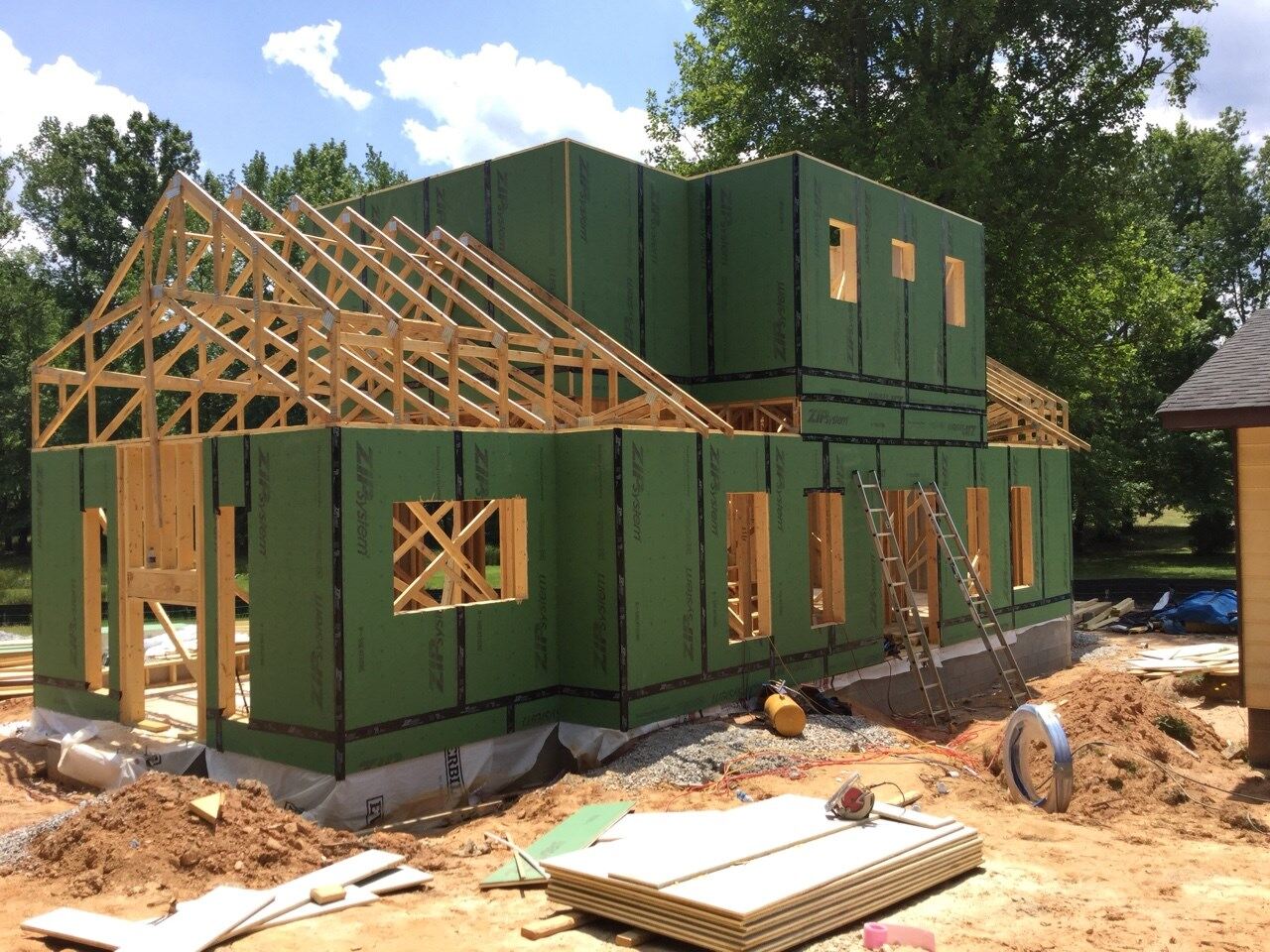

Articles
How To Install Sheathing On Exterior Walls
Modified: May 6, 2024
Learn how to install sheathing on exterior walls with our informative articles. Get step-by-step instructions and expert tips for a successful installation.
(Many of the links in this article redirect to a specific reviewed product. Your purchase of these products through affiliate links helps to generate commission for Storables.com, at no extra cost. Learn more)
Introduction
When it comes to the construction of exterior walls, sheathing plays a crucial role in providing structural support, insulation, and weather resistance. Sheathing is typically made of plywood, oriented strand board (OSB), or foam board, and is installed directly onto the exterior framing of a building before the siding or cladding is applied. This article will guide you through the step-by-step process of installing sheathing on exterior walls, ensuring a solid foundation for your building while maximizing energy efficiency and durability.
Before you begin the installation, it’s important to gather all the necessary materials and tools to ensure a smooth and efficient process. You will need:
- Sheathing material (plywood, OSB, or foam board)
- Measuring tape
- Circular saw or table saw
- Nails or screws
- Hammer or drill
- Level
- Tape measure
- Utility knife
- Safety goggles and gloves
Once you have gathered these materials, you can proceed to prepare the exterior wall for sheathing installation.
Key Takeaways:
- Proper preparation is crucial for installing sheathing on exterior walls. From gathering materials to inspecting the wall framing, each step ensures a solid foundation for the sheathing, maximizing durability and performance.
- Sealing and weatherproofing the sheathing is essential to protect the exterior wall from moisture infiltration. Applying high-quality sealant and a weather-resistant barrier enhances the overall resistance to moisture-related issues, ensuring long-term integrity.
Read more: What Sheathing Size Is For Exterior Walls
Step 1: Gather Materials
Before you begin installing sheathing on exterior walls, it is important to gather all the necessary materials and tools. Here is a comprehensive list of items you will need:
- Sheathing material: Choose between plywood, oriented strand board (OSB), or foam board, based on your specific needs and local building codes.
- Measuring tape: Use a measuring tape to accurately measure the dimensions of the exterior walls and cut the sheathing material accordingly.
- Circular saw or table saw: A circular saw or table saw is required to cut the sheathing material to the correct dimensions. Ensure that the saw blade is suitable for cutting the specific type of sheathing material you are using.
- Nails or screws: Depending on the type of sheathing material, you will need either nails or screws to secure the sheathing to the wall studs. Make sure to choose the appropriate size and type of fasteners recommended by the manufacturer.
- Hammer or drill: A hammer or drill is required to drive the nails or screws into the sheathing material and secure it to the wall studs.
- Level: Use a level to ensure that the sheathing is installed plumb and level, providing a flat and even surface for the exterior cladding.
- Tape measure: A tape measure is essential for precise measurements, especially when cutting the sheathing material to fit around windows, doors, and other openings.
- Utility knife: A utility knife will come in handy for trimming and cutting the sheathing material as needed.
- Safety goggles and gloves: It is crucial to protect your eyes and hands while working with sheathing materials, so be sure to wear safety goggles and gloves.
Once you have gathered all these materials, you are ready to move on to the next step: preparing the exterior wall for sheathing installation.
Step 2: Prepare the Exterior Wall
Before installing sheathing on the exterior walls, it is essential to prepare the wall surface to ensure a proper and secure installation. Follow these steps to prepare the exterior wall:
- Remove any existing siding or cladding: If there is any existing siding or cladding on the exterior wall, remove it carefully using appropriate tools such as a pry bar or hammer. Ensure that the wall surface is clean and free of debris.
- Inspect the wall framing: Examine the wall framing to check for any damage, rot, or loose boards. Replace any damaged or weakened sections of the wall studs or plates before proceeding with the sheathing installation.
- Install a weather-resistant barrier: To provide added protection against moisture, it is recommended to install a weather-resistant barrier, such as building paper or a house wrap, over the exterior wall. Follow the manufacturer’s instructions for proper installation.
- Mark the stud locations: Locate the wall studs using a stud finder or by tapping the wall surface to find areas of solid resistance. Mark the stud locations on the exterior wall to ensure accurate placement of the sheathing.
- Create openings for windows and doors: If there are windows and doors on the exterior wall, measure and mark the locations accurately. Use a saw to create the necessary openings for windows and doors in the sheathing material.
By thoroughly preparing the exterior wall, you are ensuring a solid and stable foundation for the sheathing installation. This step is crucial for the long-term durability and performance of the wall system. Once the wall is prepped, you are ready to move on to measuring and cutting the sheathing material in the next step.
Step 3: Measure and Cut the Sheathing
With the exterior wall prepared, it’s time to measure and cut the sheathing material to the appropriate dimensions. Follow these steps for accurate and precise cutting:
- Measure the dimensions: Use a measuring tape to measure the height and width of the wall section where the sheathing will be installed. Take into account any openings such as windows and doors.
- Transfer the measurements: Transfer the measurements onto the sheathing material, marking the dimensions to ensure an accurate cut.
- Account for any offsets: If you need to account for any offsets, such as those required for overlapping edges or corner joints, make the necessary adjustments in your measurements.
- Cut the sheathing material: Using a circular saw or table saw, carefully cut the sheathing material along the marked lines. Ensure that the saw blade is suitable for cutting the specific type of sheathing material you are using.
- Trim for openings: If there are windows, doors, or other openings, measure and mark the dimensions on the sheathing material. Use a circular saw or jigsaw to cut out the openings in the sheathing, ensuring a precise fit.
It’s important to be accurate with your measurements and cuts to ensure a proper fit and a seamless installation. Take your time and double-check the dimensions before making any cuts in the sheathing material.
Once the sheathing material is cut to size, you are ready to move on to the next step: installing the sheathing onto the exterior wall.
When installing sheathing on exterior walls, make sure to use the proper fasteners and spacing according to the manufacturer’s recommendations to ensure a secure and weather-resistant installation.
Step 4: Install the Sheathing
Now that you have the sheathing material cut to the appropriate dimensions, it’s time to install it onto the prepared exterior wall. Follow these steps for a successful installation:
- Starting at the bottom: Begin installing the sheathing at the bottom of the wall, aligning it with the bottom plate. Ensure a snug fit between the sheathing and the wall framing.
- Leave a small gap: For expansion and contraction, leave a small gap (around 1/8 inch) between each sheathing panel. This will allow for any movement without causing buckling or warping.
- Align the edges: Make sure the edges of the sheathing line up perfectly with the edges of the wall framing. This will create a flat and even surface for the exterior cladding.
- Fasten the sheathing: Use nails or screws to fasten the sheathing material to the wall studs at regular intervals, following the manufacturer’s guidelines. Start by securing the corners and then work your way towards the center.
- Stagger the panels: To improve the structural integrity of the wall, stagger the sheathing panels by staggering the vertical joints. This helps to distribute the load evenly across the wall.
- Continue layering: Once the first layer is secure, continue installing additional layers of sheathing, ensuring that the edges are properly aligned and the fasteners are evenly spaced.
Throughout the installation process, make sure the sheathing is plumb and level, using a level to check for any misalignment. This will ensure a straight and even wall surface.
When working around openings like windows and doors, cut the sheathing material to fit precisely around these areas, leaving a small gap for expansion and contraction.
Remember to follow any local building codes and manufacturer’s recommendations for fastener spacing and the number of sheathing layers required.
With the sheathing installed securely, you are ready to move on to the next step: securing the sheathing.
Read more: What Kind Of Sheathing Is For Exterior Walls
Step 5: Secure the Sheathing
Securing the sheathing is an essential step to ensure its stability and strength. Here are the steps to securely fasten the sheathing to the exterior wall:
- Choose the appropriate fasteners: Depending on the type of sheathing material and local building codes, select the recommended fasteners. Common options include nails or screws.
- Determine the spacing: Determine the spacing for the fasteners based on the manufacturer’s guidelines and local building codes. Typically, nails or screws are spaced 6 to 8 inches apart around the perimeter of the sheathing panels and 12 inches apart at the center supports.
- Place the fasteners: Starting from one corner, place the fasteners through the sheathing and into the wall studs. Drive them in until they are flush with the surface of the sheathing. Repeat this process for each fastening point.
- Check for tightness: Ensure each fastener is secure and tight against the sheathing. Loose or protruding fasteners can compromise the integrity of the sheathing and may need to be adjusted or replaced.
- Continue across the wall: Move along the wall, securing the sheathing with fasteners at the recommended spacing intervals. As you progress, periodically check for any misalignment or gaps.
- Repeat for additional layers: If multiple layers of sheathing are required, repeat the same process for each layer. Stagger the seams and fastener placement between layers to enhance structural integrity.
By securely fastening the sheathing, you ensure that it remains in place and provides a solid base for the exterior cladding. This step is crucial to maintain the structural stability and durability of the overall wall system.
Once the sheathing is properly secured, you can proceed to the next step: sealing and weatherproofing the sheathing.
Step 6: Seal and Weatherproof the Sheathing
Sealing and weatherproofing the sheathing is a critical step in protecting the exterior wall from moisture infiltration and ensuring the longevity of the building. Follow these steps to properly seal and weatherproof the sheathing:
- Inspect the sheathing: Before proceeding with the sealing process, inspect the sheathing for any visible damage, gaps, or cracks. Address any issues before applying the sealant.
- Choose the appropriate sealant: Select a high-quality exterior-grade sealant that is compatible with the sheathing material you are using. Ensure it is designed to withstand outdoor conditions and provides adequate moisture protection.
- Apply the sealant around penetrations: Apply the sealant around all openings, such as windows, doors, and utility penetrations, to create a waterproof barrier. Use a caulk gun to neatly apply the sealant, ensuring a tight seal.
- Seal the edges: Apply the sealant along the edges of the sheathing panels, sealing any gaps or joints. This will prevent moisture from seeping in between the panels.
- Seal corner joints: Pay special attention to the corners where the sheathing panels meet. Apply sealant to the corner joints, ensuring a complete seal to prevent water infiltration.
- Inspect the sealant application: Once the sealant has been applied, inspect the entire sheathing surface for any missed areas or gaps. Make sure all edges, corners, and penetrations are properly sealed.
- Weatherproof the sheathing: After the sealant has cured, it is important to protect the sheathing from the elements. Apply a weather-resistant barrier, such as building paper or a house wrap, over the sheathing following the manufacturer’s instructions.
Sealing and weatherproofing the sheathing is crucial in preventing water intrusion and potential damage to the building. Properly sealed sheathing helps to maintain the integrity of the overall wall assembly and increases its resistance to moisture-related issues.
Once the sheathing is sealed and weatherproofed, you can move on to the final step: inspecting and finishing the sheathing installation.
Step 7: Inspect and Finish
The final step in the installation of sheathing on exterior walls is to thoroughly inspect the work and apply any necessary finishing touches. Follow these steps to ensure a completed and well-executed sheathing installation:
- Inspect for any damage or defects: Conduct a careful inspection of the sheathing installation. Look for any cracks, gaps, or signs of damage that may have occurred during the installation process.
- Repair any issues: If you notice any issues, such as loose fasteners, gaps, or damaged sheathing panels, address them promptly. Replace any damaged sheathing and tighten loose fasteners to ensure the structural integrity of the wall system.
- Check for proper alignment and levelness: Use a level to check that the sheathing is plumb and level. Adjust any misaligned panels for a straight and even wall surface.
- Apply exterior siding or cladding: Once the sheathing is inspected and repaired, you can proceed with the installation of your chosen exterior siding or cladding material. Follow the manufacturer’s instructions for proper installation techniques and recommended fasteners.
- Seam and edge treatment: Depending on the type of exterior siding or cladding material used, apply any necessary seam and edge treatments to create a seamless and weather-resistant barrier. This may include caulking, flashing, or trim installation.
- Apply a protective finish: Consider applying a protective finish, such as paint or stain, to the exterior siding or cladding to enhance its durability and aesthetic appeal. Follow the manufacturer’s guidelines for proper application and maintenance.
- Perform a final inspection: Once all finishing touches are complete, perform a final inspection to ensure everything is in order. Look for any missed areas or imperfections that may require further attention.
By conducting a thorough inspection and addressing any issues, you can ensure the overall quality and longevity of the sheathing installation. Properly applied finishing touches will not only enhance the appearance of your exterior walls but also provide added protection from the elements.
With the inspection and finishing steps completed, your sheathing installation is now finished and ready to provide structural support, insulation, and weather resistance for your building’s exterior walls.
Now that you're familiar with fitting sheathing on walls, why not delve deeper into choosing the right materials for your project? Our detailed guide on selecting suitable exterior wall sheathing will give you insights into various options that meet different needs and preferences. From durability to insulation benefits, understanding what works best for your home is crucial. Don't miss out on making informed decisions for your next DIY endeavor.
Frequently Asked Questions about How To Install Sheathing On Exterior Walls
Was this page helpful?
At Storables.com, we guarantee accurate and reliable information. Our content, validated by Expert Board Contributors, is crafted following stringent Editorial Policies. We're committed to providing you with well-researched, expert-backed insights for all your informational needs.
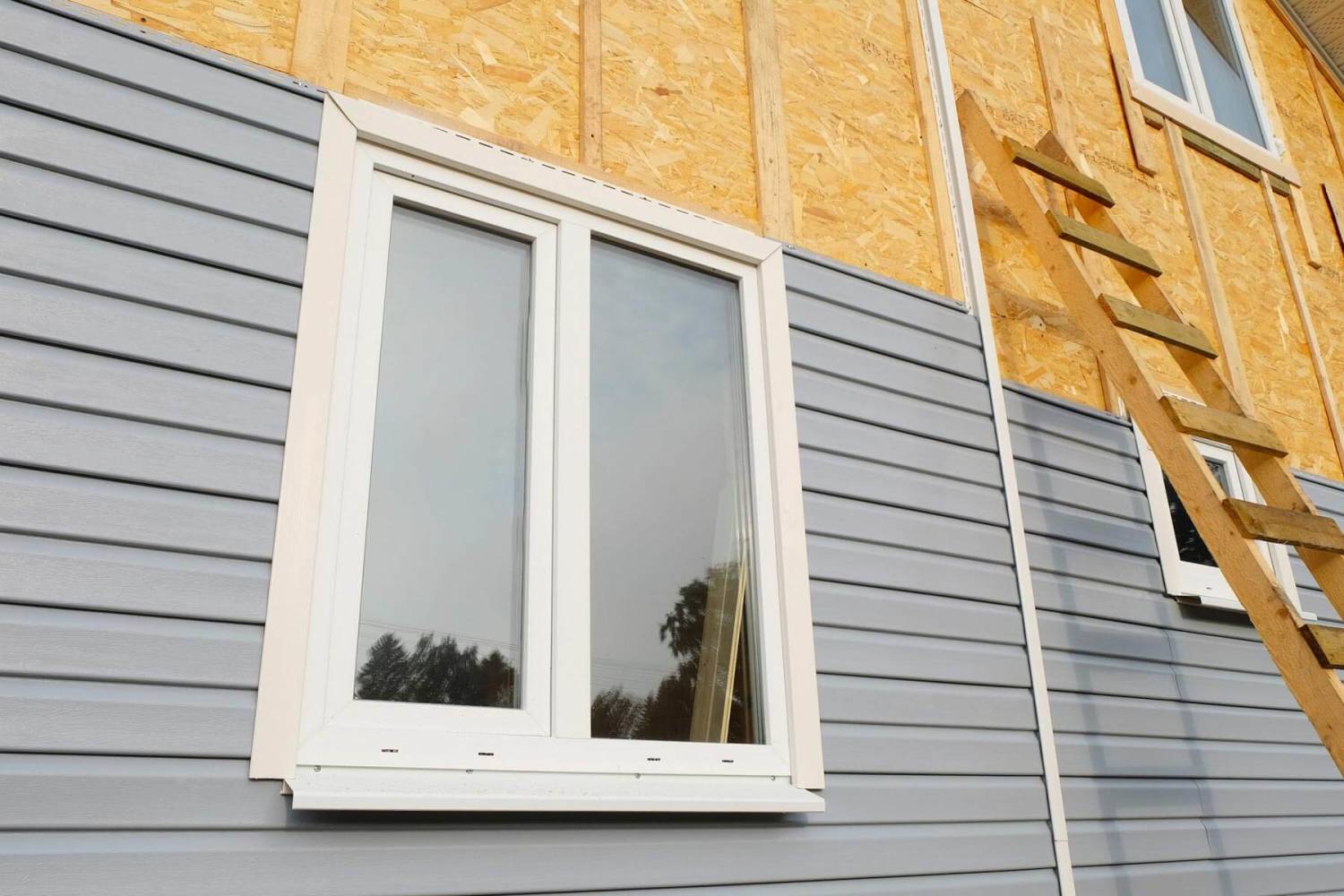
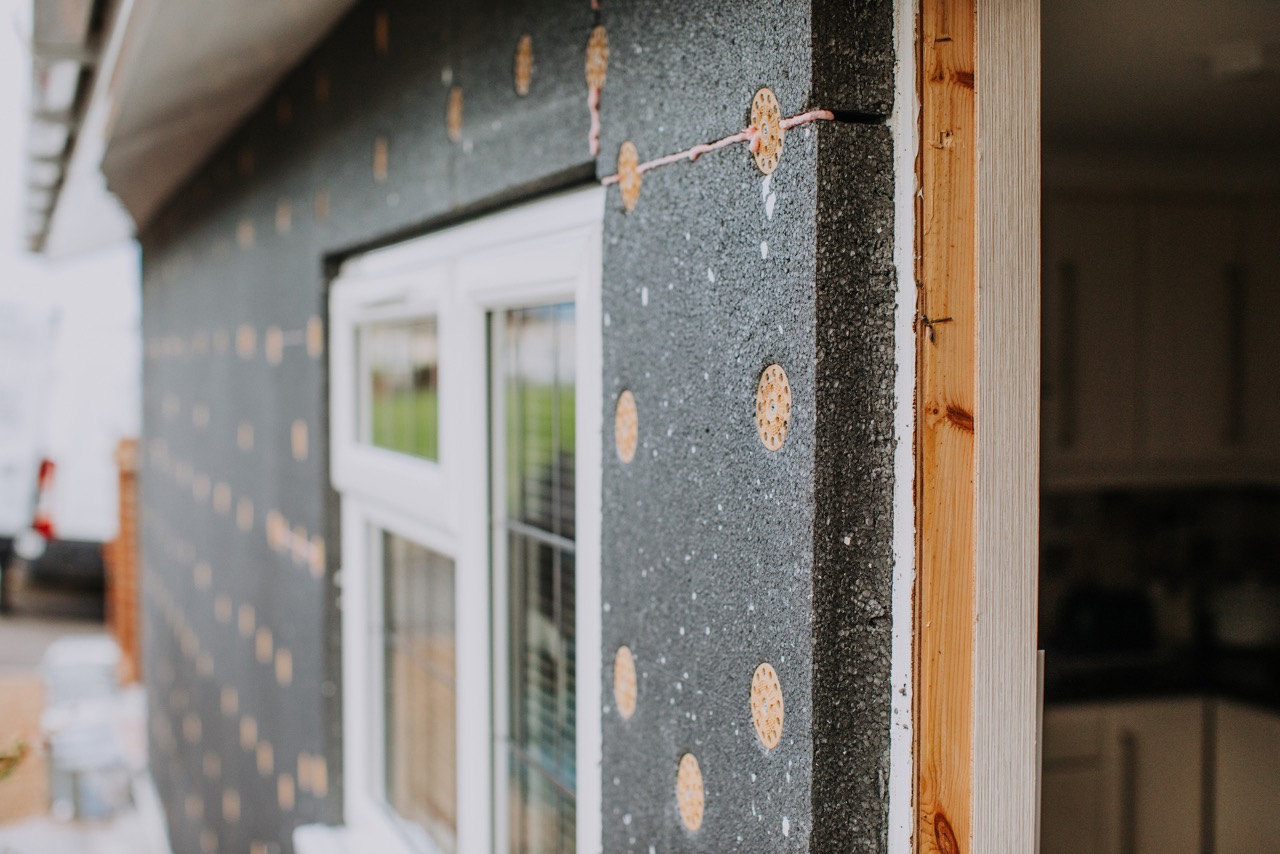
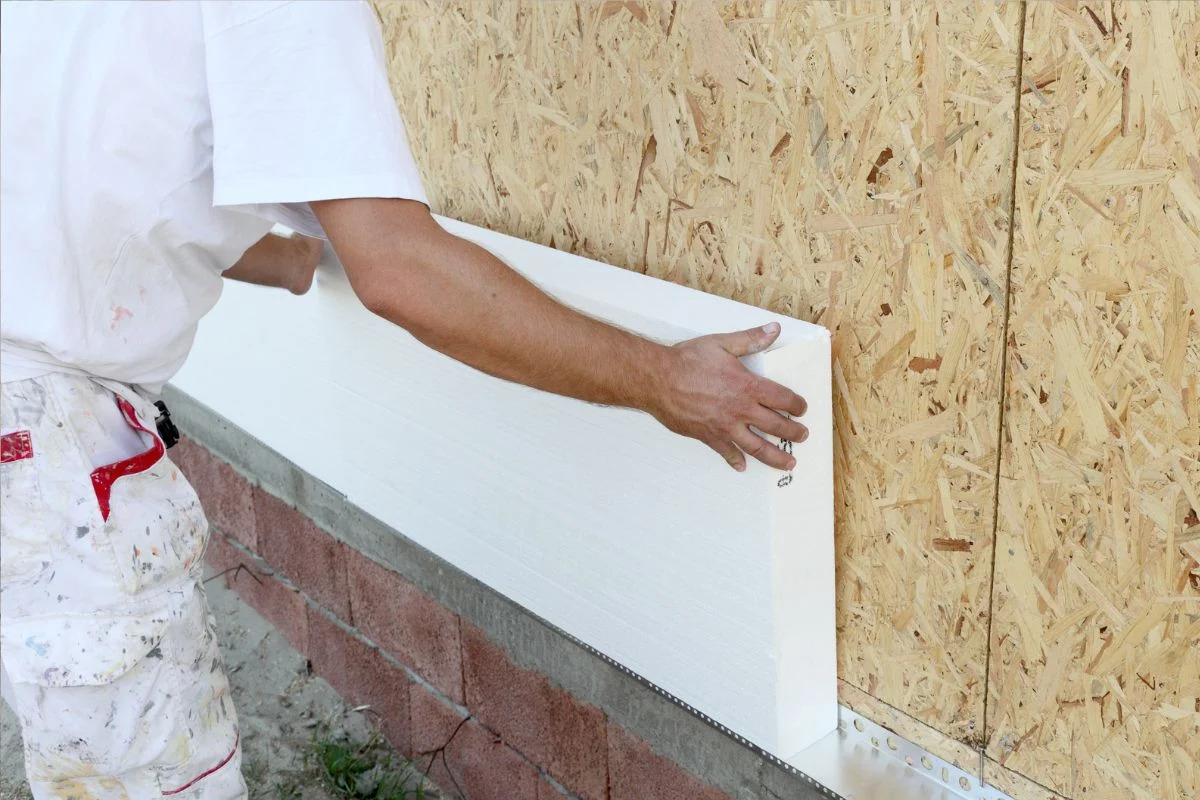
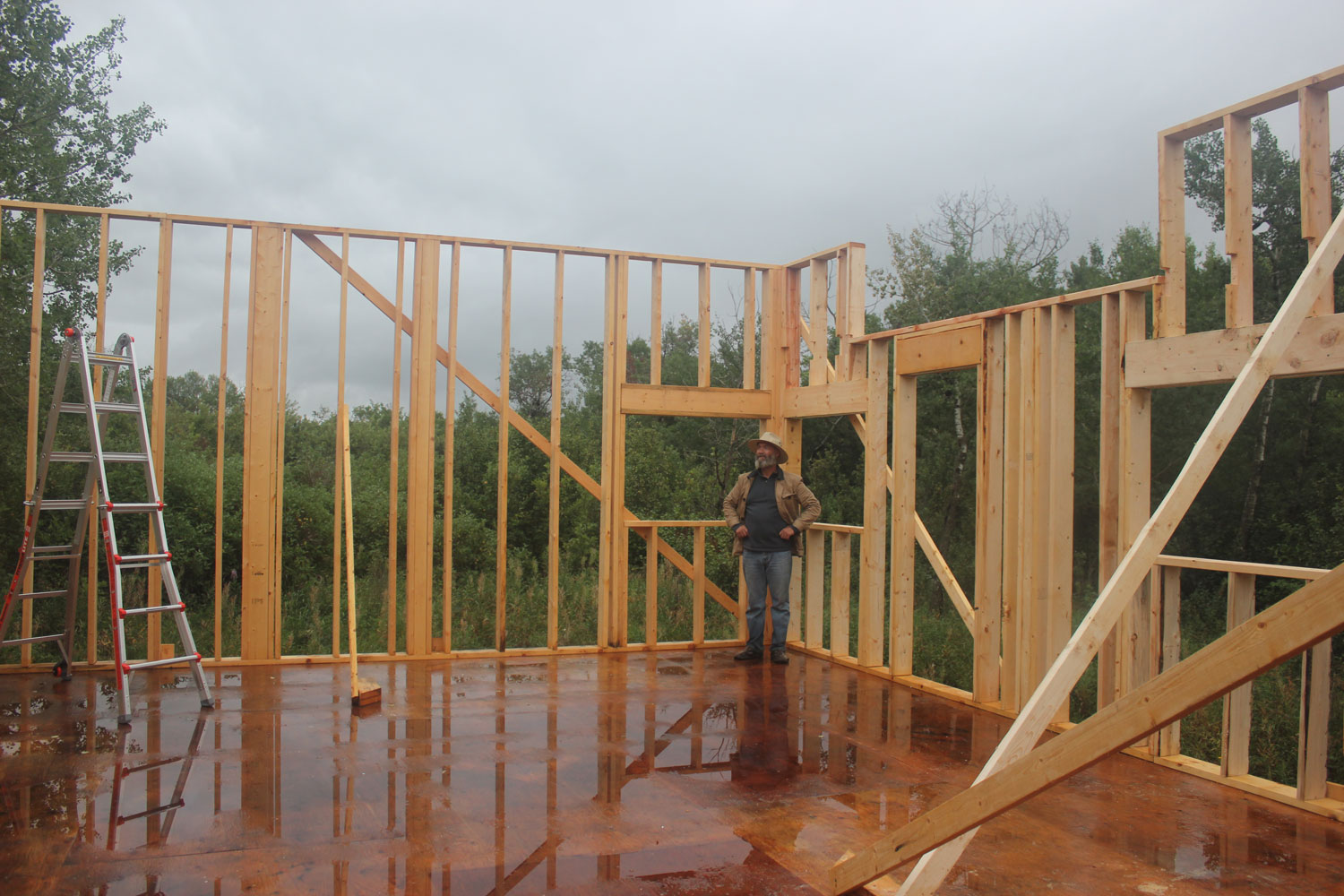
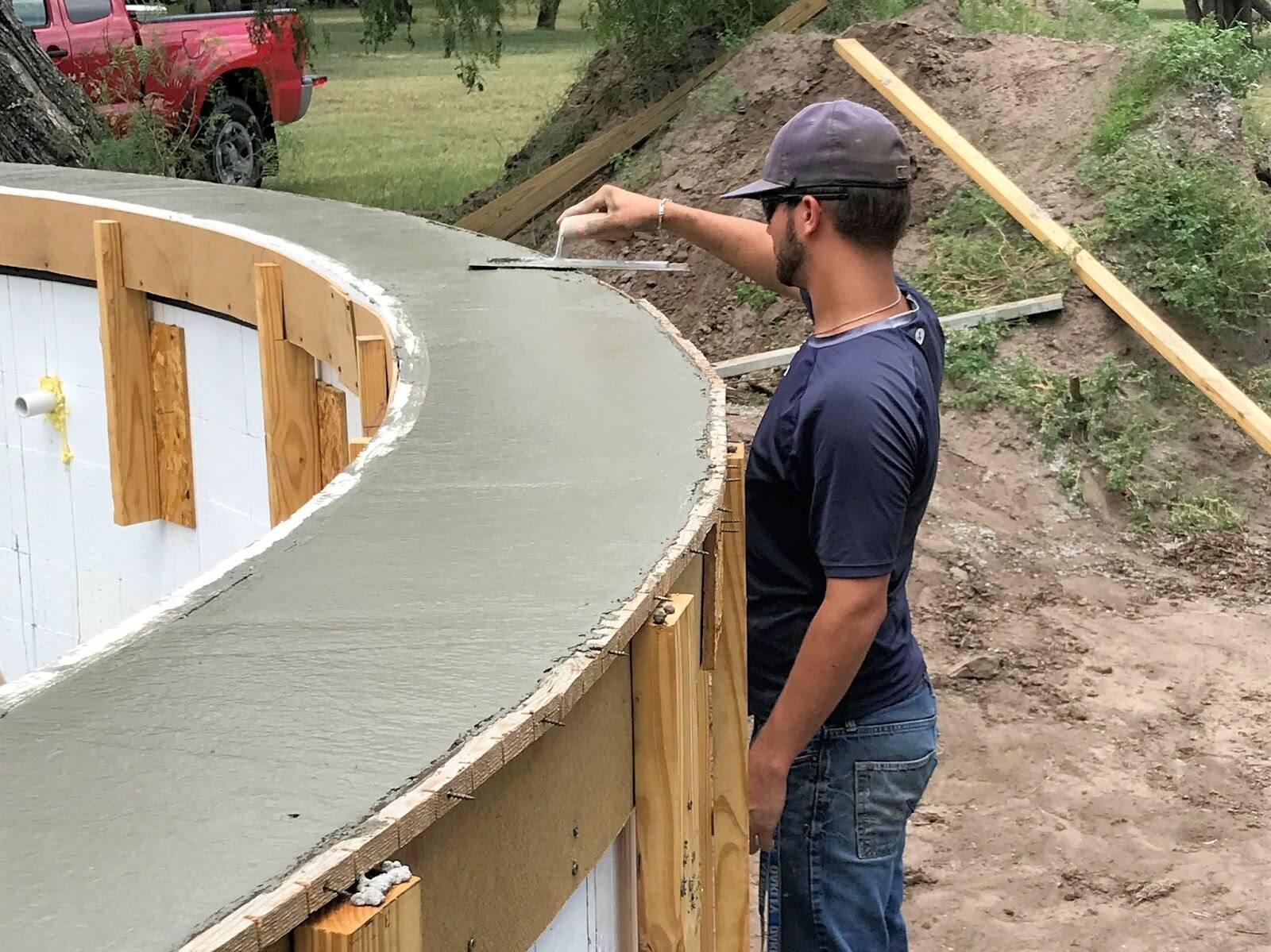
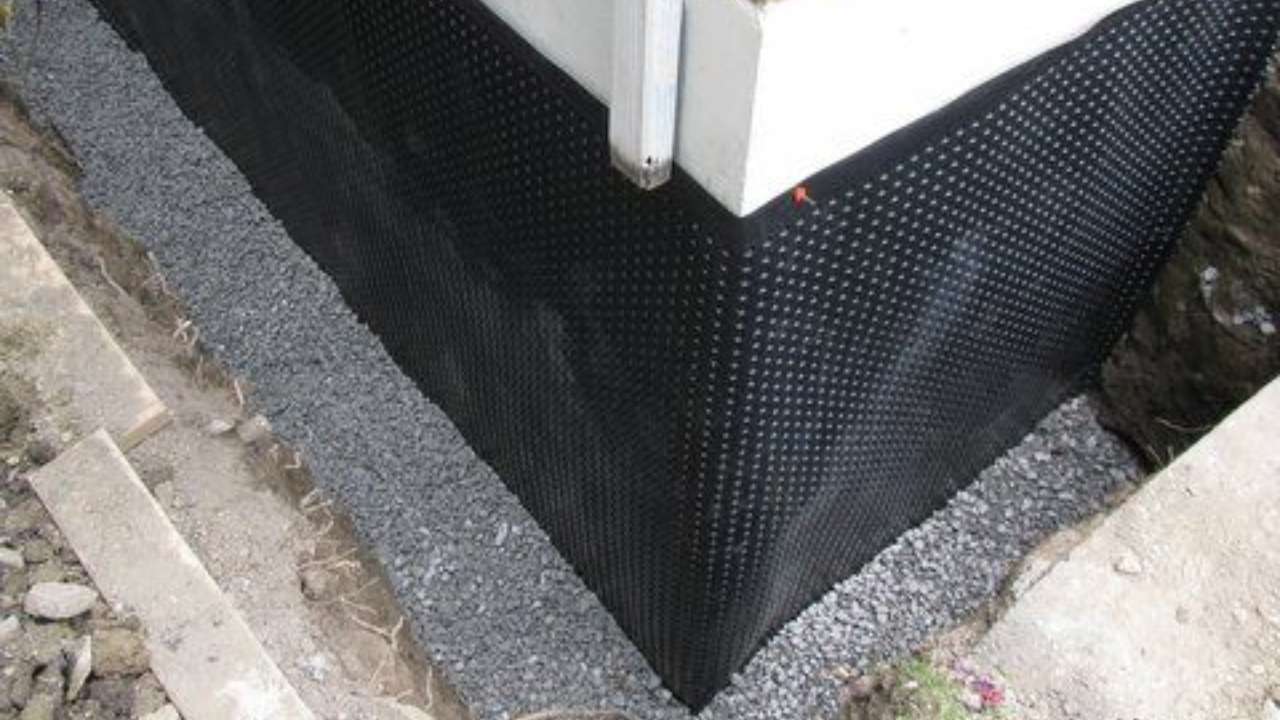
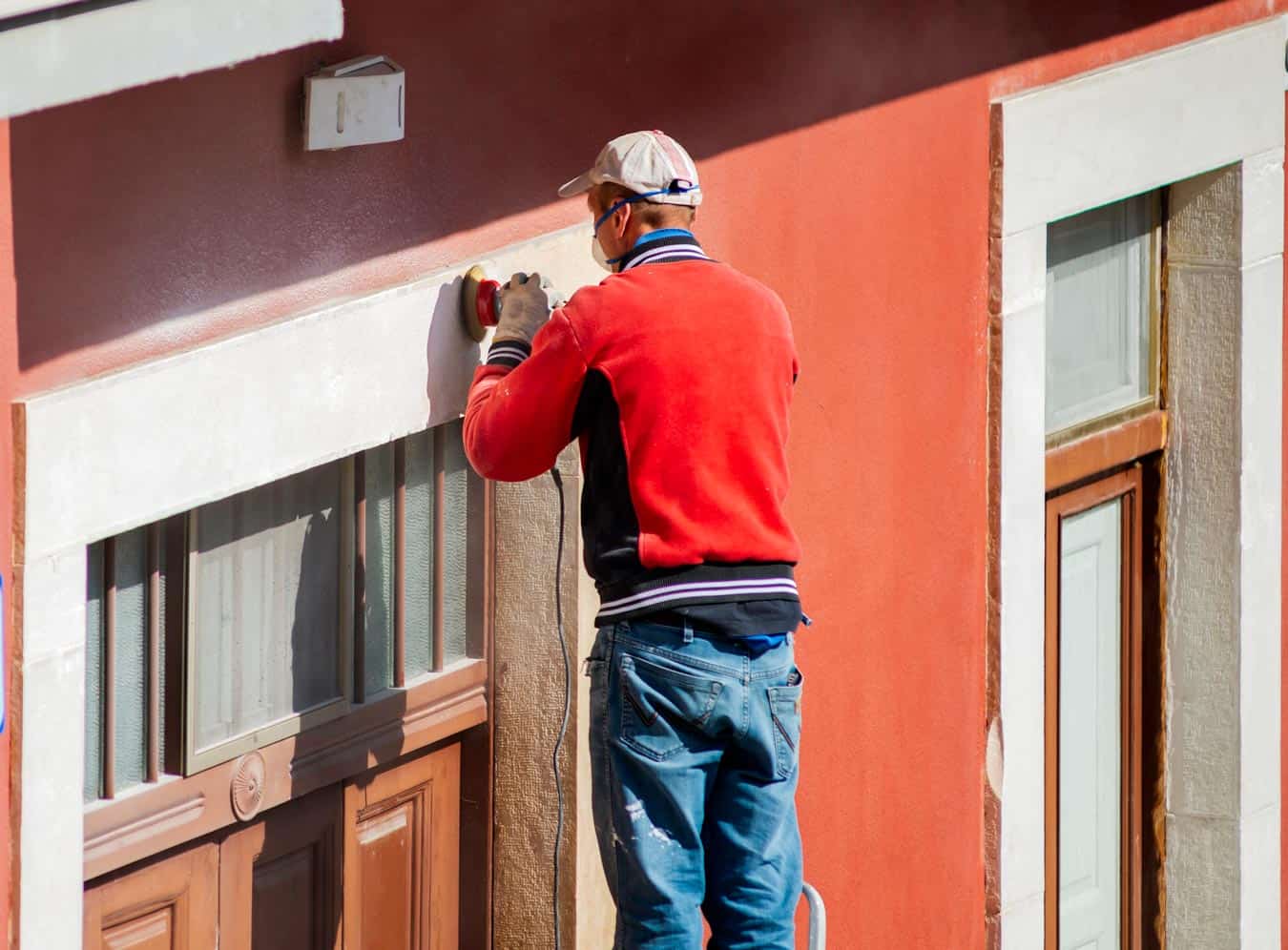
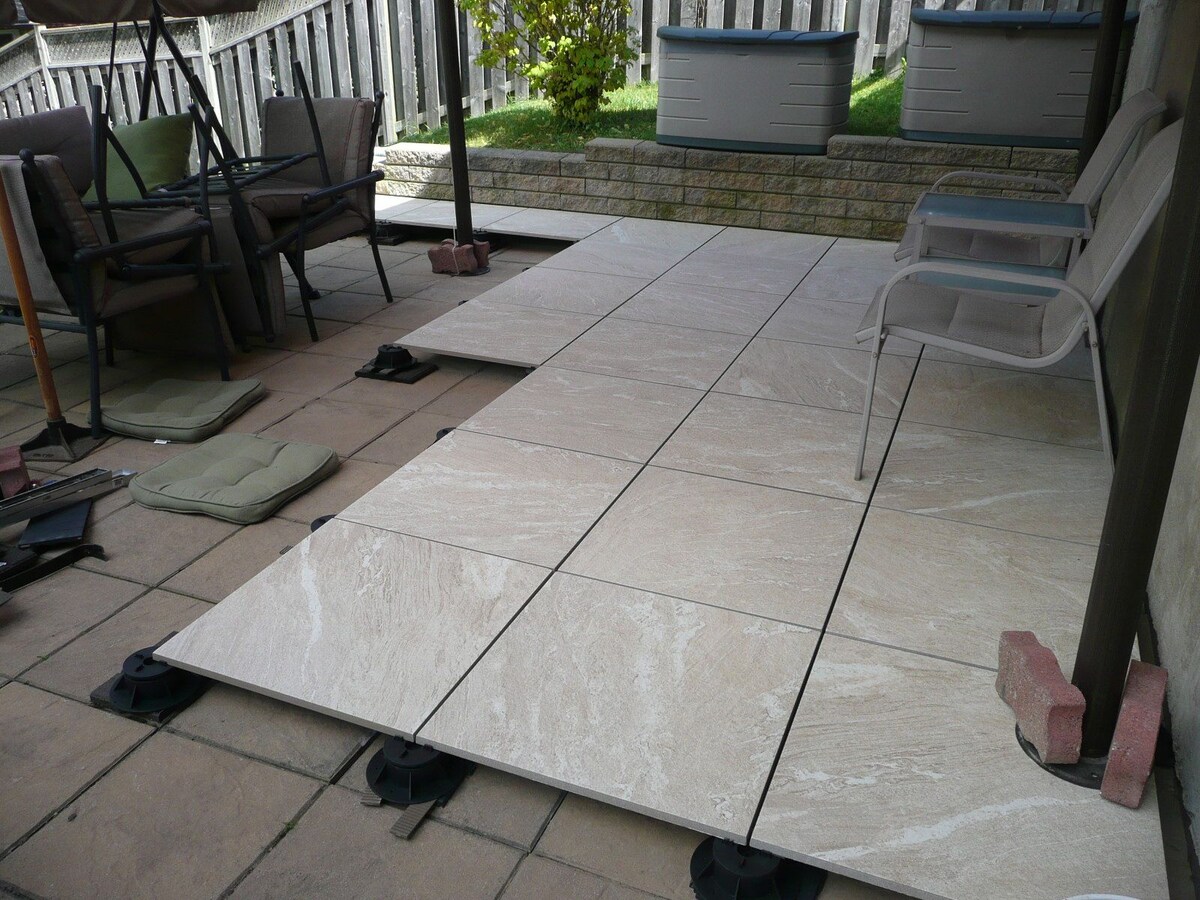
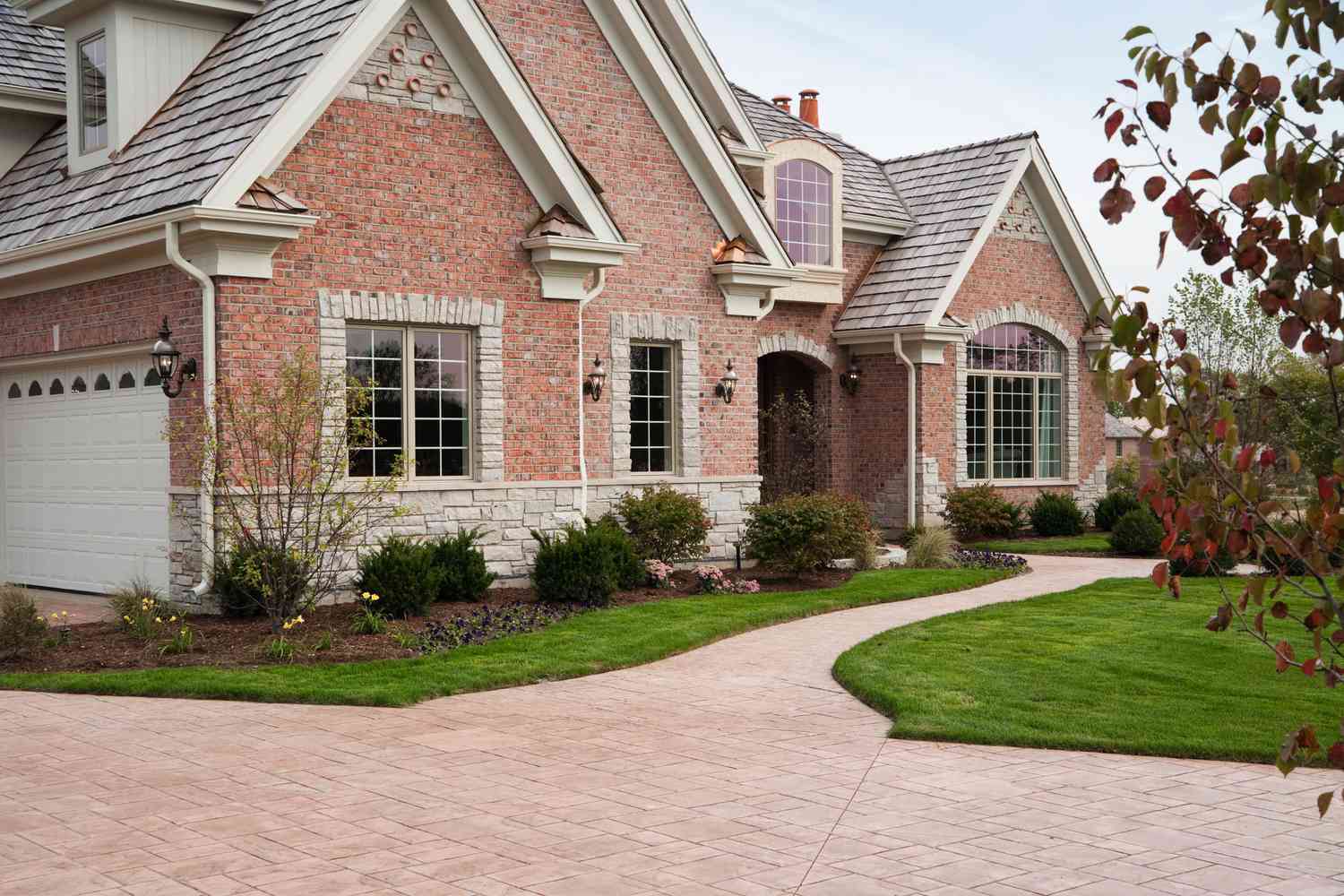
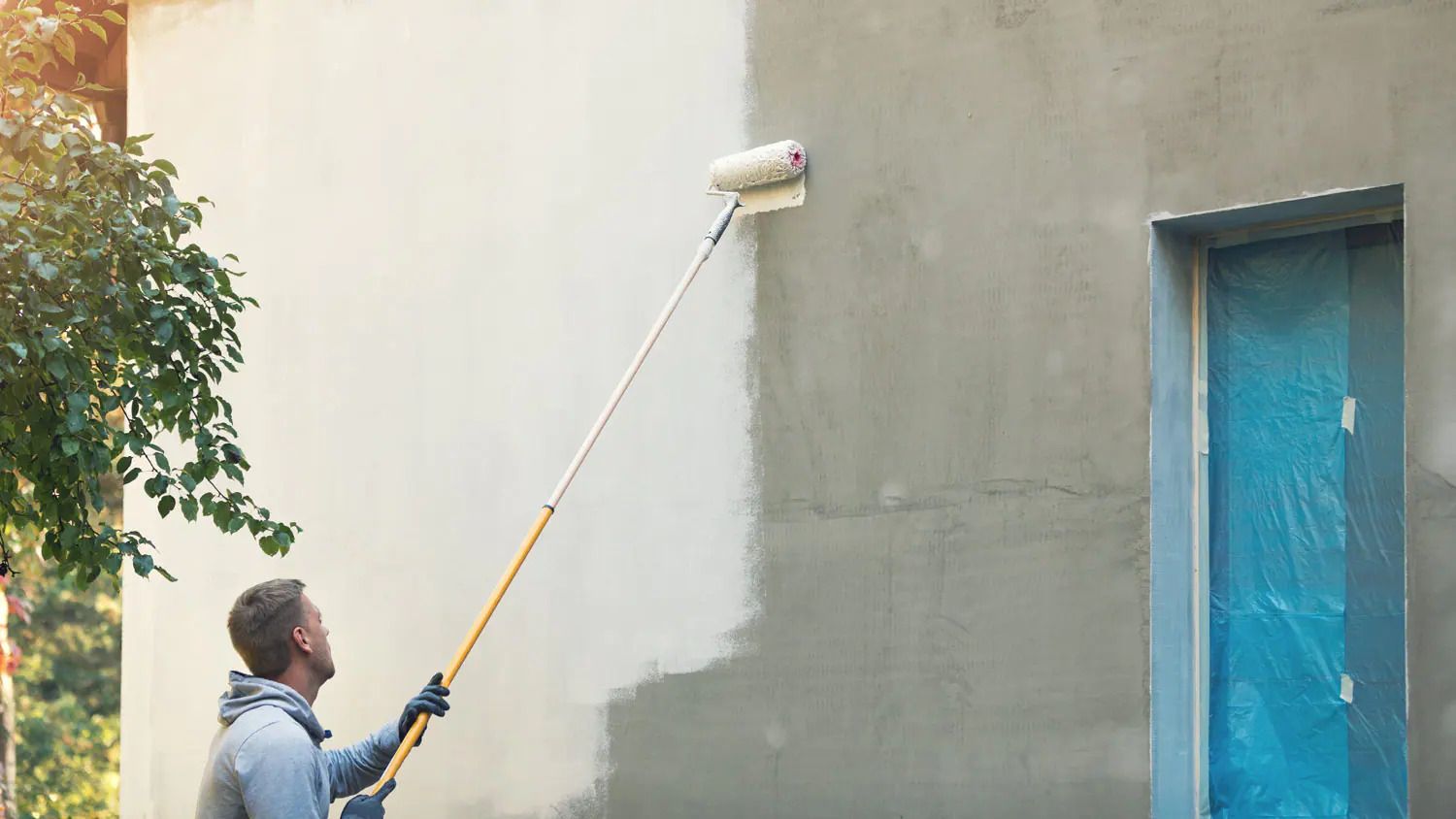
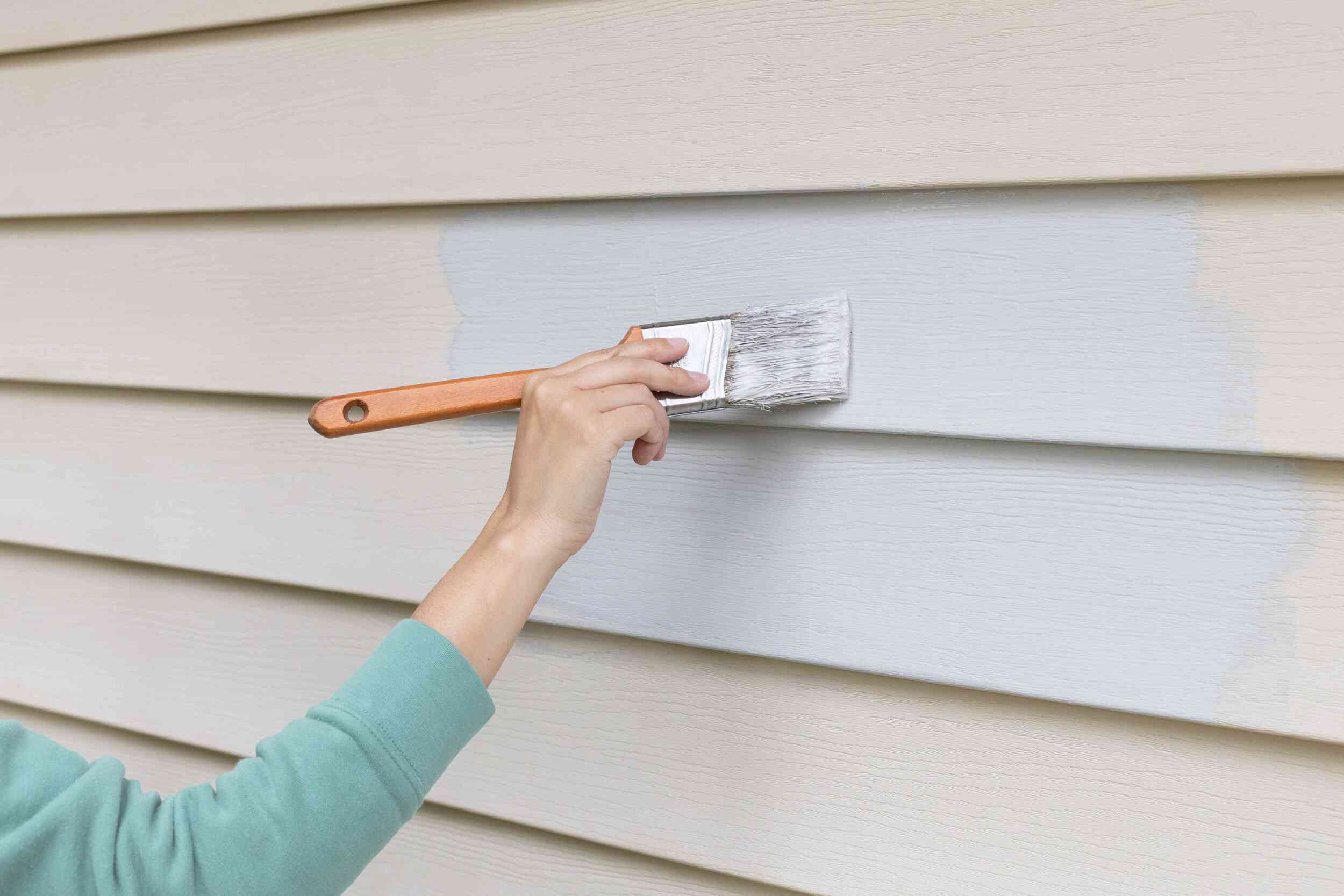
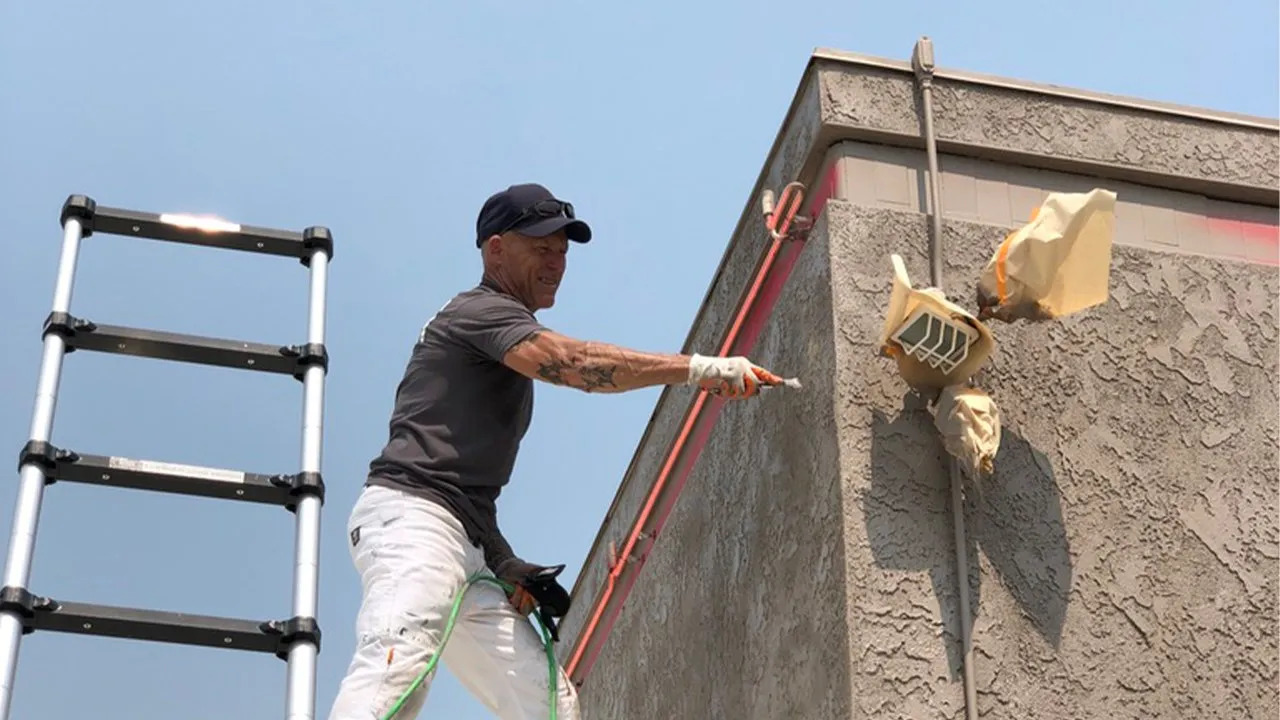
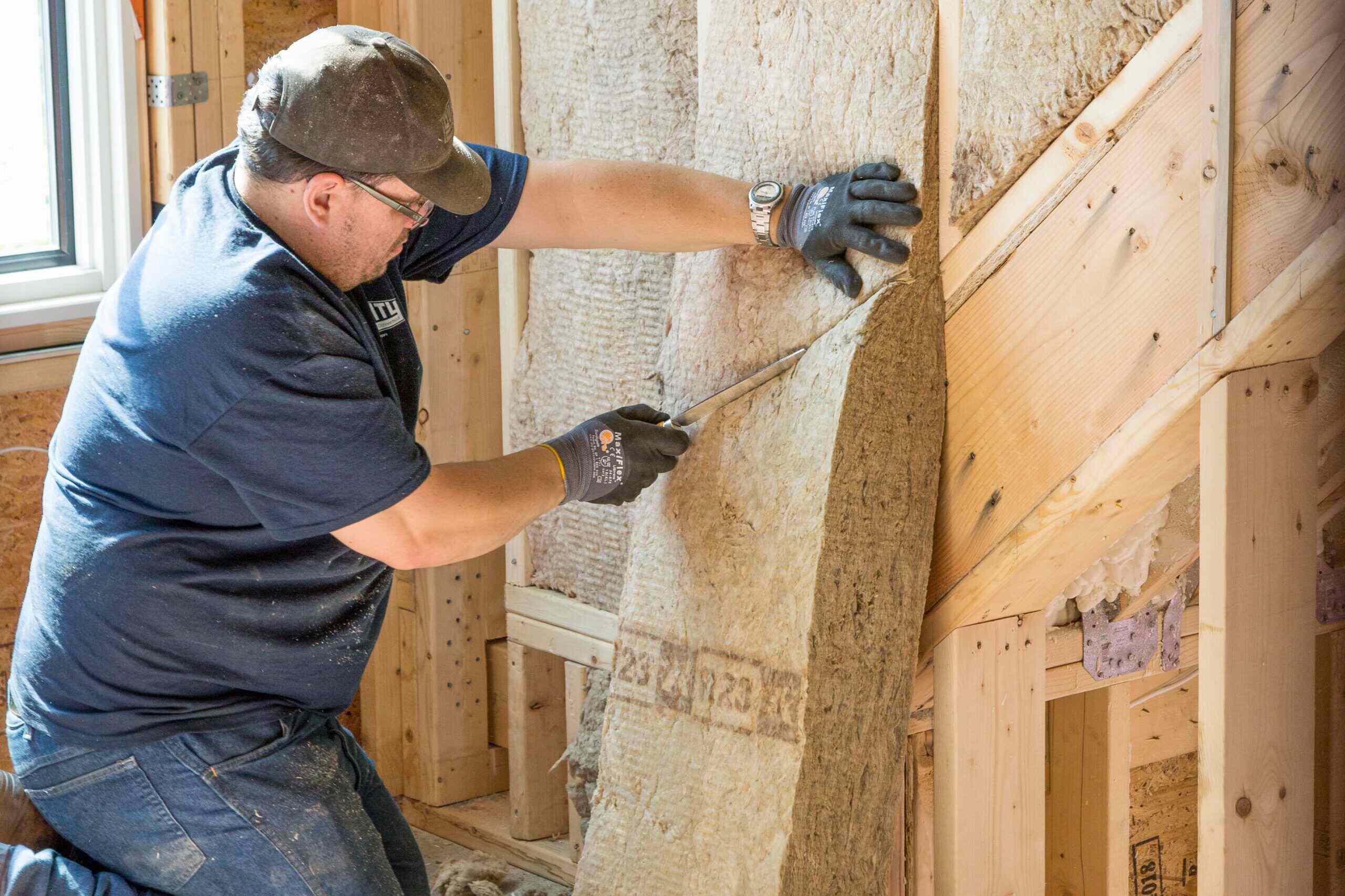
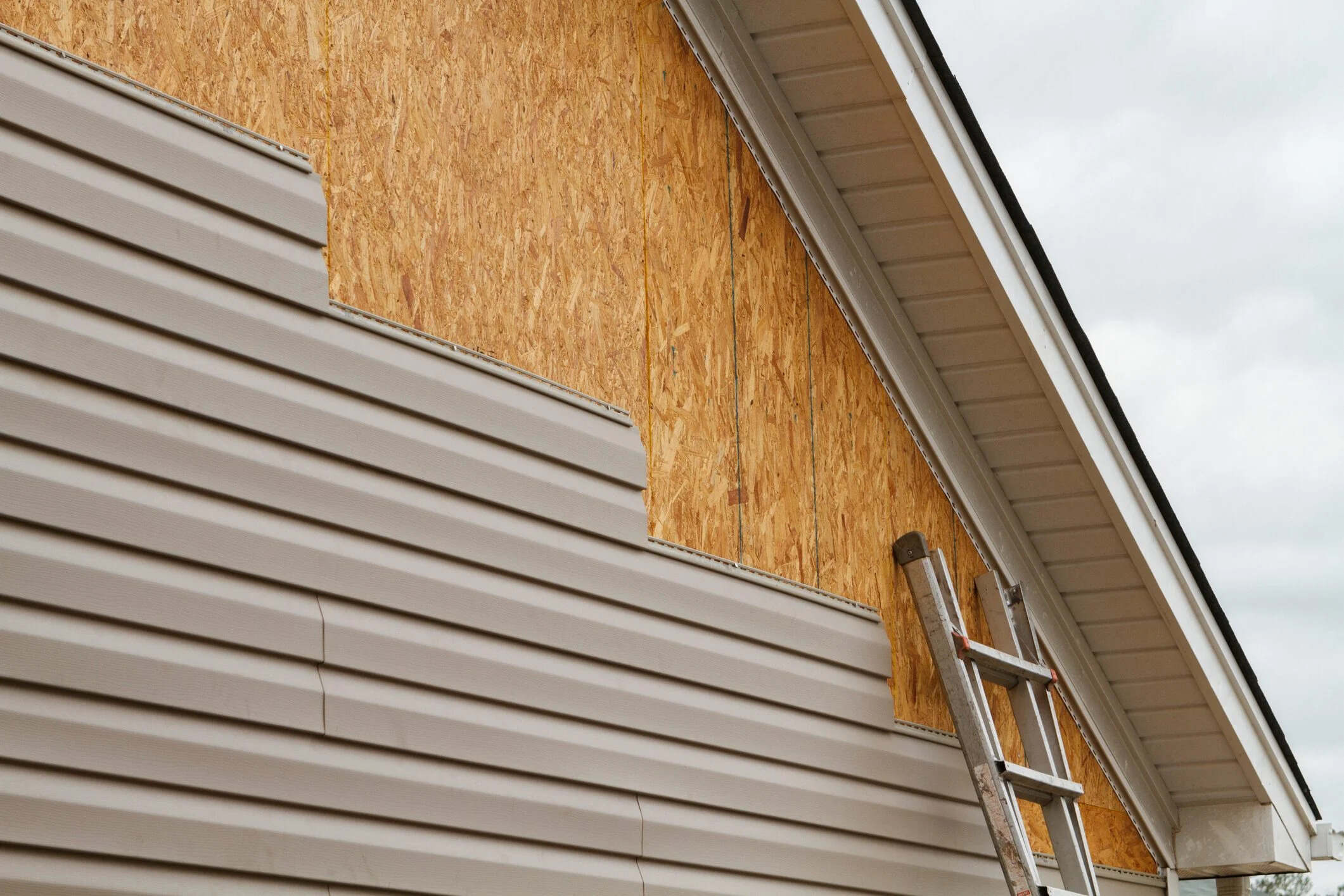

0 thoughts on “How To Install Sheathing On Exterior Walls”